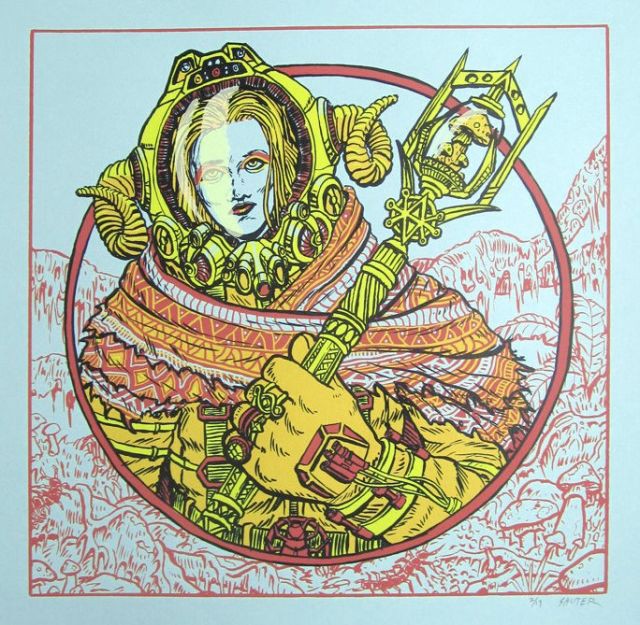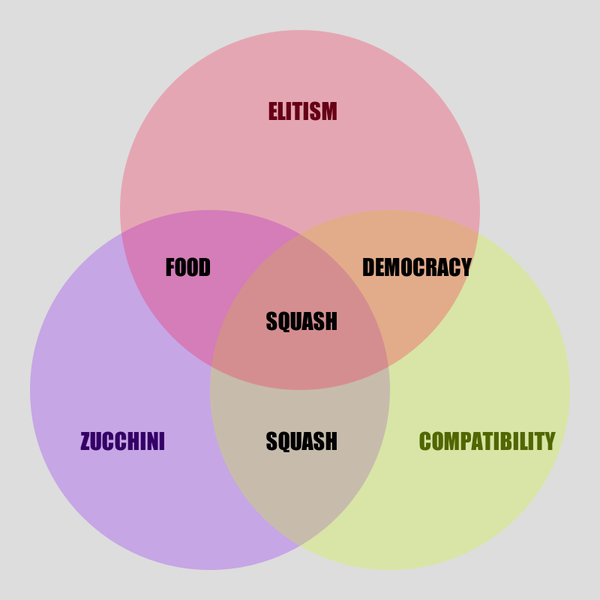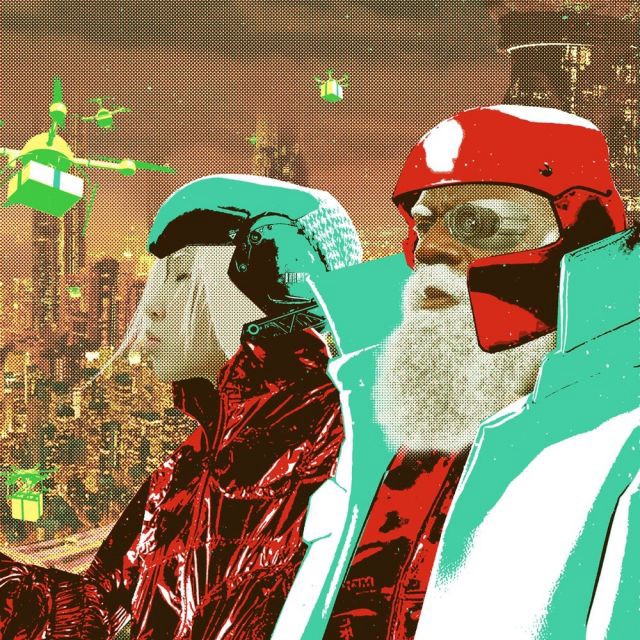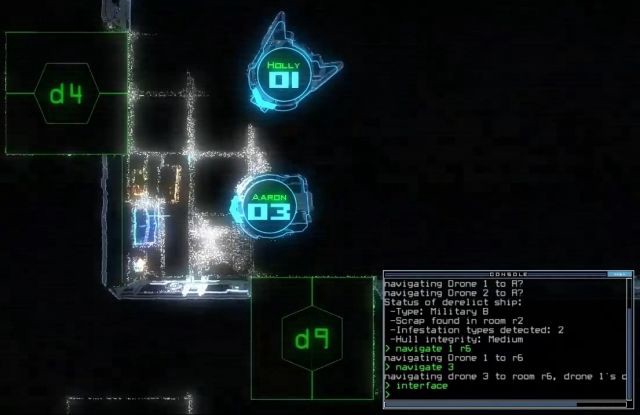We live in a world where people sell drugs on the internet, they get caught, and other people dissect news headlines about them. None of that is weird or surprising, nor should it be, but it represents a technologically mediated system of resistance, enforcement, and renewed resistance. Twitter manifests the new polis.
Brian Van criticized a recent New York Times headline about the IRS agent who pinpointed Ross Ulbricht: “The Tax Sleuth Who Took Down a Drug Lord”. The article was a good follow-on to Wired’s Silk Road saga. Here’s what Brian said:

“NYTimes using the term ‘drug lord’ to blur the line between illegitimate e-commerce and murder conspiracists” [sic]. His second tweet reads, “Sales of drugs can be civil disobedience without violence; NYT freely adopts fascist philosophy that ‘all transgressions of law are equal’” [also sic]. He comes close to quoting the Bible: “For whosoever shall keep the whole law, and yet offend in one point, he is guilty of all.”
At face value, I agree with Brian 100%. I think every drug should be decriminalized, and yes that includes unambiguously destructive substances like meth. Why? 1) People should be free to do whatever they want with their own bodies and 2) banning drugs doesn’t work very well anyway. If you want to eliminate a problem, target the root cause — say, poverty and mental illness — instead of outlawing the symptom.

Photo via Health Gauge.
However, I’m curious about whether Brian is trying to imply that Ross Ulbricht was not a drug lord. Maybe the problem is that The New York Times is conflating drug-lord-ism with soliciting a hitman? (For those not familiar with the whole Silk Road debacle, go read the Wired articles that I linked above.) I guess I can’t tell whether Brian is objecting because he thinks Ross Ulbricht is sullied by the term “drug lord” or vice versa.











